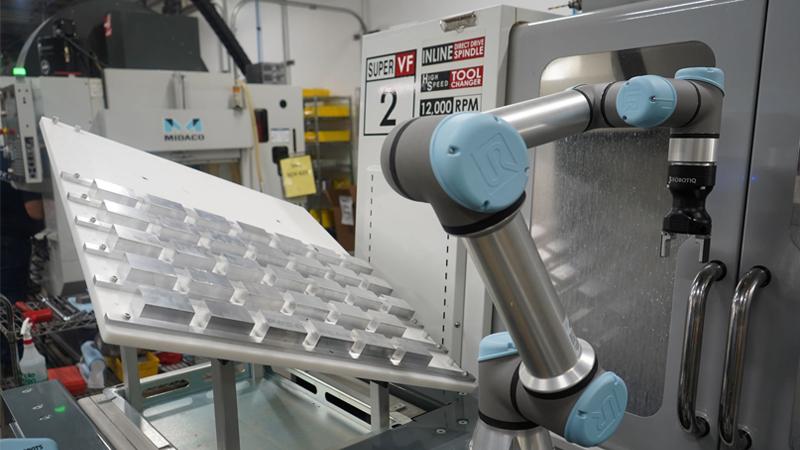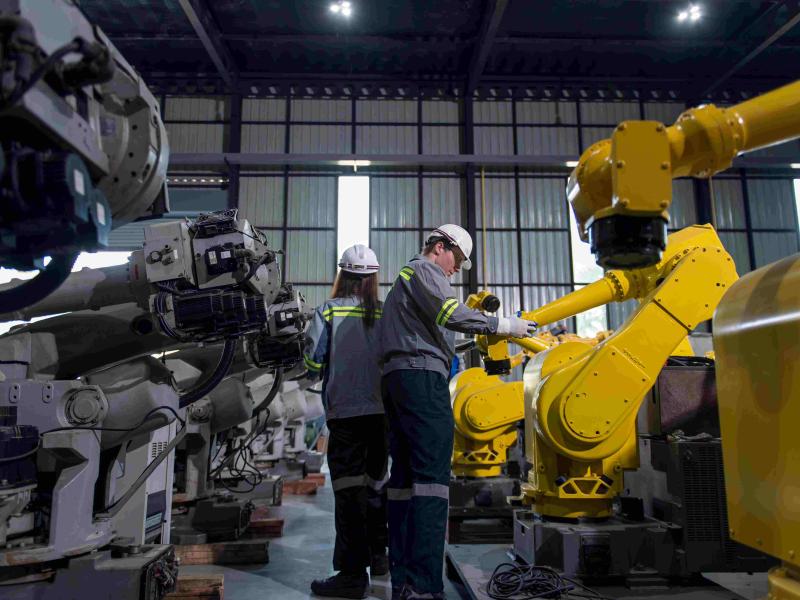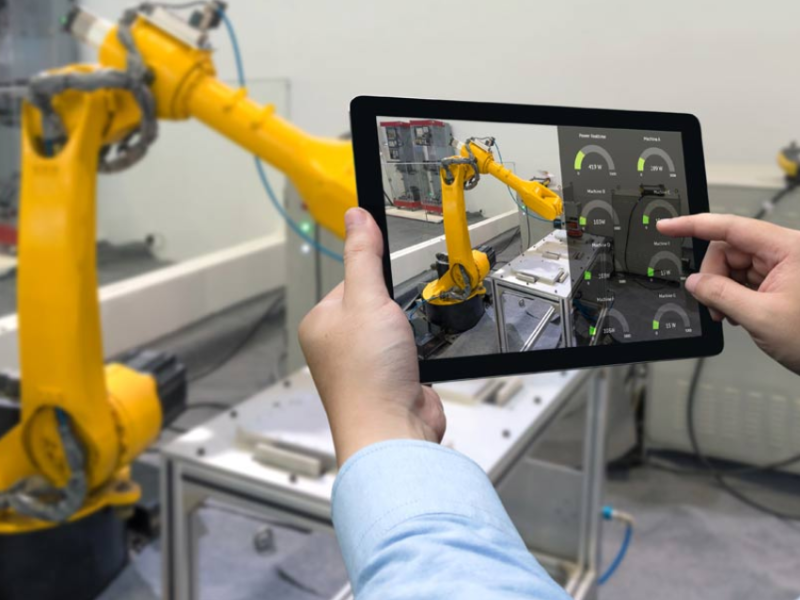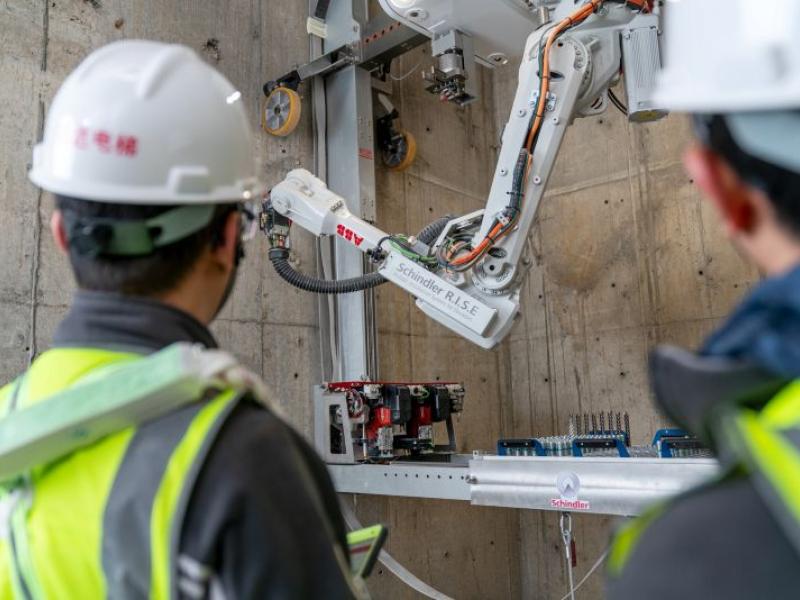The world has become increasingly connected. Almost 60 percent of the entire world’s population and more than 90 percent of the developed world is now online. It is hard to imagine life without the internet – no smartphone, no online banking, no streaming music or podcasts, no Netflix, no social media, no email.
On the work front, more than since the Covid-19 pandemic began, around 55 percent of companies around the world still offer remote work policies and 90 percent of remote workers would recommend remote working to a friend, this according to Review42.com.
Connecting humans through the internet has dramatically expanded our individual reach, our capacity to sell globally and our ability to help others wherever they are. Particularly in a post-Covid-19 world, where this may be our only way to connect with those around us.
Manufacturers operating in both the consumer and business worlds are bringing out new technologies to the meet ever-changing needs of their customers. In Australia’s manufacturing sector for instance, there is a notable uptick in Industry 4.0 technologies, largely due to disruptions caused by recuring lockdowns and the need for ongoing productivity.
Through cloud-based technologies, manufacturers can connect their equipment and their processes on the shop floor, without the need for on-the-ground support. Benefits include real-time analytics, predictive maintenance, online support and diagnostics, cloud backups, and more.
Further to this, robots, and collaborative robots (cobots) are getting a lot of attention these days as the answer to social distancing and ongoing productivity in the workplace. Their ability to be programmed and used remotely is also in high demand.
Cloud Robotics
A recent Deloitte report cited the rise of automation in the manufacturing sector. It states that in 2018 humans carried out 71 percent of tasks, but this is forecast to drop to 58 percent by 2022. The report also found that although 75 million jobs will be eliminated, 133 million new jobs will be created.
On ‘local shores’, Robotics Australia Group recently ran a request to creators of robotics and robotic technology to complete an Australian Government’s survey on Artificial Intelligence (AI) and autonomous systems capability. ‘Once completed, the map will be shared with Australia’s digital economy and technology ministers and agencies, to highlight areas of strength and expertise – to drive greater collaboration domestically and inform the promotion of Australia as a key location for research, development and commercialization’ (SME.org (2020)).
So, where does cloud robotics come into play and how will it serve Australia and New Zealand? “Simply put, cloud robotics is an emerging field which makes use of cloud-based technologies such as cloud computing, cloud storage and other technologies to remotely use, service and program robots,” explains James McKew, Regional Director of Universal Robots Asia-Pacific.
“The workplace of the future is now. With the need for social distancing and staff safety of the utmost concern, productivity is at stake and this is where cobots and (in particular) ‘connected cobots’ come in. In ever-changing and disruptive times, they’re set to become your biggest competitive advantage.”
A Connected World and Cobots
Universal Robots (UR) has partnered with its OEM, Hirebotics to make cloud tools feely available for all its cobots. Hirebotics has cloud connected its cobots for many years and recently released some of their capabilities for free to the Universal Robots ecosystem.
McKew says that there are numerous benefits to connecting your cobots to the cloud and said these can be put into three primary categories:
1. Analytics: “Simply put, analytics are used to answer two questions: ‘what happened’ and ‘what is going to happen’? The former makes use of machine data to better understand historical production data, cycle time variations, downtime, etc. The latter makes use of sophisticated software that leverages machine learning to gain a deeper understanding of a particular application,” said McKew. These insights help to build predictive models based on trends.
2. Backups: Cobots are just as dynamic as the production environment itself. “Over time, changes need to be made to a cobot program to accommodate new part numbers or changes in the environment. Rather than relying on manual backups, manufacturers can now back a cobot up on the cloud,” continues McKew. “This provides peace-of-mind and new capabilities. Furthermore, cloud backups can be completed in real-time.”
3. Support: “A cloud-connected cobot is easy to support. If you’re struggling with an application or are running into issues, you can easily share analytics, logs, the I/O status and other data with your distributor, integrator or a support contact at Universal Robots.” McKew notes that the biggest saving here is that of time. “Rather than waiting for someone to come out and assist, support can be carried out remotely. While some traditional industrial robots still require pricy add-ons or modules to help analyse data, cobots are equipped with an ethernet port on their controller.”
Troubleshooting
The benefits of cloud connecting robots are clear, but what holds companies back? Cost, complexity, and security fears are key customer concerns.
“However, there are solutions to avoid both cost and complexity. Our cloud software runs natively on a cobot’s controller and there is no need for external hardware. Your cobot can be registered by simply scanning a QR code using a mobile app and this platform comes at no added cost.”
Naturally, security is always of concern when making use of a cloud connected device. “It is therefore always recommended that one makes use of a firewall to allow for only trusted traffic,” said McKew. “As an example, Hirebotics’ cloud software is designed to protect your data so you can gain the advantages of the cloud without the risk.”
“The benefits of cloud connecting robots on ‘local shores’ are clear; the companies that exploit these capabilities will have a competitive advantage over companies that don’t, particularly in this current ‘stay-at-home’ environment.”
Find Out More
Universal Robots will be hosting regular webinars to help customers get started with cobots and explore automation opportunities. Furthermore, local support, service and maintenance, as well as training offerings – through the company’s online UR Academy, global network of Authorised Training Centres, and UR’s extensive UR+ ecosystem – are also locally available.
Details, Ph: 0800 555 21






